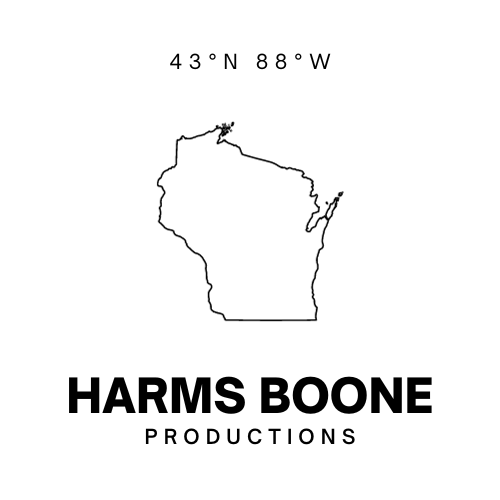On November 16, 2015 Minneapolis became the latest city to witness a black person shot dead by police. His name was Jamar Clark, he was 24 years old and unarmed.
The shooting sparked a protest that ultimately shut down I-94 for a short stretch. I wrote on Facebook the morning after that I was proud of my friends in Minneapolis who stood up for justice that night. While it turns out I didn’t know anybody on I-94 that night, I remain proud of every Minneapolitan who has gone to one of those protests, donated to a legal defense fund, or in any way stood up for justice in their community.

Photo: Fibonacci Blue
It’s easy to look at that protest and say: “That’s dangerous,” or “think of the people who didn’t get home on time,” or speculate about what might have happened because a small stretch of I-94 was shut down for a couple hours. It’s easy to feel inconvenienced by traffic jams.
If that traffic jam were caused by people holding signs that said “Traffic Jams Matter” and they weren’t protesting abysmal road conditions, I might agree with folks who criticized the protesters. But those signs didn’t read “Traffic Jams Matter,” they read “Black Lives Matter,” and the brave souls camping at the 4th Precinct every night aren’t holding signs that read “Entrances to Buildings Matter,” their’s, too, read “Black Lives Matter.”
Just the basic fact that a member of the public was killed by their government should cause alarm. Police killing people should be rare, even rarer should be questions about whether the killing was necessary. But at 873 people shot dead by police this year, it’s anything but rare.
So far a plurality (45%) of those 873 were people of color (a majority if you include the 63 where race of the victim was “unknown”). 30 were unarmed and black. At least 72 were shot dead by police in November – nearly 2.5 per day. There have been 11 since November 16 when Jamar Clark was shot dead in a Minneapolis house. The accounts of these shootings are a depressing read because either the person killed was horrifically violent or because they might have been innocent.
It’s easy to cherry pick the most heinous stories out of the list of nearly 900. It’s harder for anybody who wasn’t there to know whether the shooting was justified. I think most people can agree that shooting a suspect dead should be the solution of last resort.
Jamar Clark got into a “physical altercation” with police but was unarmed and witnesses say he was not resisting arrest. Some accounts say he was in handcuffs. The NAACP said he was murdered “execution style.”
Police say he disarmed an officer. Even if that’s true it is difficult for me to imagine how ending his life was the only option available to the officers.
Situations like these always provoke a lot of questions in my head: If he truly disarmed an officer, are police officers not trained in disarming suspects? If they are, why didn’t they? Otherwise, why aren’t they? Did he need to be shot in the head to neutralize the threat? If the police shot him in the leg would he still be alive? Would he get due process and a fair trial? The last question we will never get an answer to because, like so many others, Jamar Clark is dead. And dead people can’t answer questions.
Police are supposed to protect and serve the public. The police in this case appeared to be protecting and serving the paramedic on site and the person who needed medical attention but once they killed Jamar Clark, they were also protecting and serving prejudices embedded in our criminal justice system. Prejudices that manifest themselves in the form of disproportionate numbers of black people being incarcerated. While nationally the incarceration rate is an already-too-high 732 per 100,000 residents, the rate among blacks is 2,207 per 100,000 the rate climbs to nearly 9% for black people around my age. Among Latinos it’s nearly 1,000 per 100,000. Add them together, you get nearly 3,173 per 100,000 black or Latino residents of the United States of America behind bars. Among whites, it’s 380 per 100,000.
When we live in a society in which people with black skin are unfairly targeted and mistreated by the criminal justice system and people should protest. When protesters tell Mayor Betsy Hodges that “we’re working on it,” isn’t enough, or scoff at her attempt to reword their questions for them, this is what they mean. We need leaders at every level of government and in every community who believe that this isn’t right.
We need leaders who say “Black Lives Matter.” We need them to, when a black person is shot dead by police, say that taking the life of an individual takes life out of the community. We need them to say that 900 people shot dead by police in one year is unacceptable. It’s unbelievable to think we live in a country that violent, and unacceptable if we truly do.
I’m proud of the Minneapolitans who this week said, “it doesn’t have to be this way,” or knows that this is about far more than releasing the tapes. This is about demanding justice for a young black person shot dead by police, and justice for a community wronged on a daily basis by the criminal justice system.
